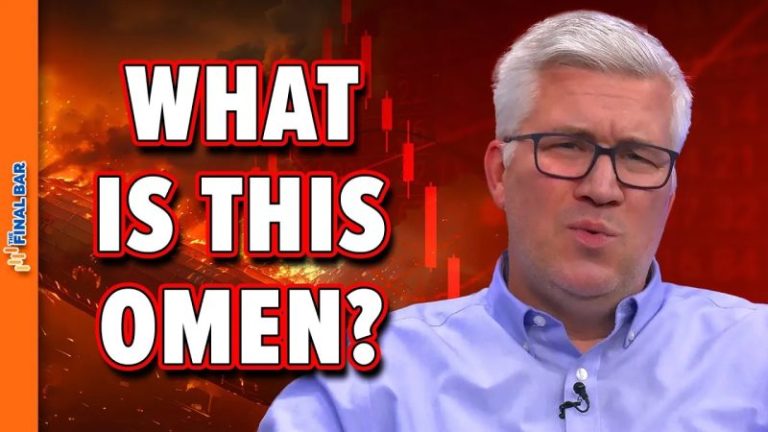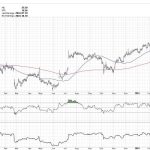The Hindenburg Omen: A Closer Look
Defining the Hindenburg Omen
The Hindenburg Omen is a technical analysis indicator named after the Hindenburg disaster of 1937. It is believed to signal a heightened probability of a stock market crash. This indicator is based on several market conditions occurring simultaneously, indicating a potential downturn in the market. Some key criteria for the Hindenburg Omen include a high number of new highs and lows in the market, alongside rising and falling trends.
Understanding the Effects
When the Hindenburg Omen is triggered, it can create apprehension among investors and traders. The signal suggests that the market is experiencing increased volatility and uncertainty, which could potentially lead to a significant downturn. While not a definitive prediction of a crash, the Hindenburg Omen serves as a cautionary signal for investors to monitor their positions closely and consider risk management strategies.
Duration and False Signals
One of the challenges associated with the Hindenburg Omen is its potential for false signals. Not every time the indicator is triggered results in a market crash. False signals can occur due to various factors, such as temporary market fluctuations, external events, or changes in investor sentiment. As a result, investors should exercise caution and not solely rely on the Hindenburg Omen as a conclusive indicator of market direction.
Historical Analysis and Market Trends
Historical data shows that the Hindenburg Omen has been associated with market downturns in the past. However, its effectiveness as a predictive tool is debated among analysts and experts. Some argue that the indicator has limited value in forecasting market crashes, while others believe that it provides valuable insight into market conditions.
Risk Management and Diversification
Regardless of one’s stance on the Hindenburg Omen, sound risk management practices remain crucial for investors. Diversification, asset allocation, and staying informed about market trends are key strategies to mitigate risks and safeguard investment portfolios. By employing a disciplined approach to investing and remaining vigilant during periods of volatility, investors can navigate market uncertainties more effectively.
Conclusion
In conclusion, the Hindenburg Omen serves as a noteworthy indicator of potential market instability. While its accuracy in predicting market crashes may be subject to interpretation, investors can benefit from understanding its implications and incorporating risk management strategies into their investment approach. By combining technical analysis with fundamental research and prudent risk management, investors can make informed decisions to navigate the complexities of the financial markets.



